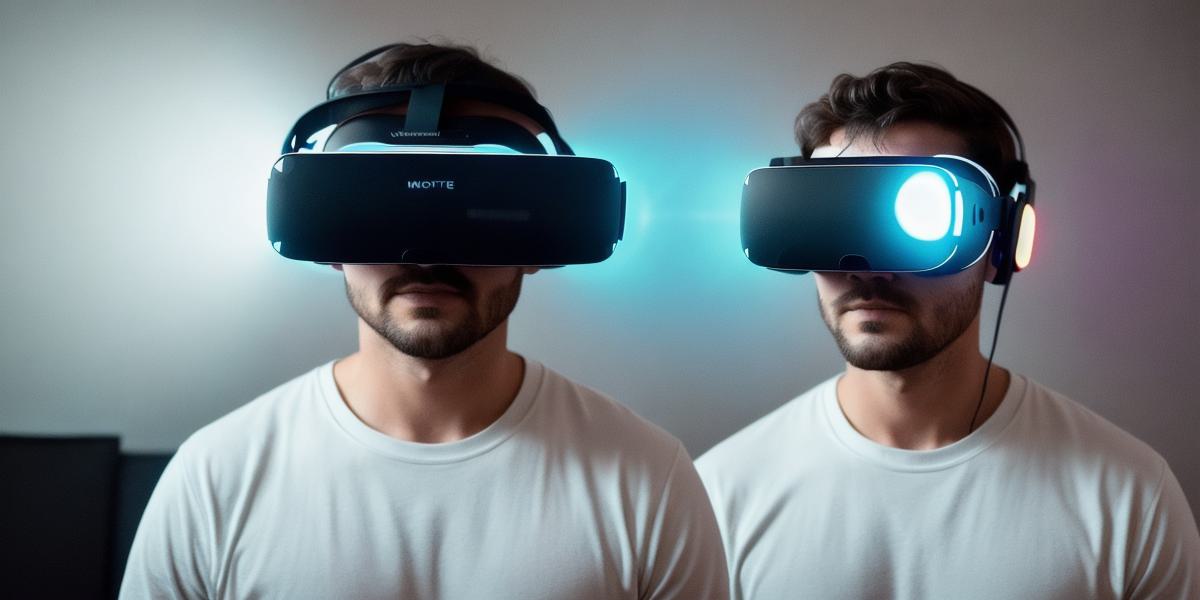Title: Revolutionize Your Training with Immersive Virtual Reality: A Comprehensive Guide for Simulated Reality Developers
Introduction:
Immersive virtual reality (VR) technology has revolutionized the way we train and educate people. By creating a simulated environment that mimics real-life scenarios, VR can provide a safe and effective way to train employees in various industries. This article aims to explore how immersive VR can revolutionize your training program and help you achieve better results.
The Benefits of Immersive VR:
1. Improved Learning Outcomes:
Immersive VR technology has been shown to improve learning outcomes by providing a more engaging and effective way of training employees. Studies have shown that VR-based training can lead to better knowledge retention, increased motivation, and improved performance.
2. Enhanced Safety:
Training in immersive VR allows employees to practice skills in a safe environment without the risk of injury or harm. This is particularly important for industries such as healthcare, where mistakes can have serious consequences.
3. Cost-Effective:
Immersive VR technology can be more cost-effective than traditional training methods. VR training eliminates the need for expensive equipment and materials, reduces travel expenses, and allows for more efficient use of resources.
4. Customizable:
Immersive VR technology can be customized to meet the specific needs of your organization. This allows you to create training scenarios that are relevant to your business and industry.
Case Studies:
1. Ford Motors:
Ford Motors uses immersive VR technology to train its employees on assembly line processes. By creating a simulated environment, Ford can provide employees with hands-on experience without the risk of injury or damage to equipment. This has led to improved productivity and reduced costs.
2. Medical Training:
Immersive VR technology is being used in healthcare to train medical professionals on surgical procedures. By providing a safe and controlled environment, medical professionals can practice their skills without the risk of harming patients. This has led to improved patient outcomes and reduced malpractice lawsuits.
How to Implement Immersive VR:
1. Determine Your Training Needs:
The first step in implementing immersive VR technology is to determine your training needs. Identify the skills and knowledge that your employees need to develop and create scenarios that simulate these situations.
2. Choose the Right VR Technology:
There are various types of immersive VR technology available, including head-mounted displays (HMDs), hand tracking, and haptic feedback systems. Choose the technology that best suits your needs and budget.
3. Develop Your Content:
Once you have chosen your VR technology, you need to develop your content. This involves creating scenarios that are relevant to your business and industry.
- Test and Refine:
After developing your content, test it with a small group of employees to gather feedback and make improvements. Continuously refine your content to ensure that it meets the needs of your organization.
Conclusion:
Immersive virtual reality technology has the potential to revolutionize your training program and help you achieve better results. By providing a safe and effective way to train employees, VR can improve learning outcomes, enhance safety, reduce costs, and customize your training to meet your specific needs. With the right implementation strategy, immersive VR can be a powerful tool for simulated reality developers looking to take their training to the next level.
